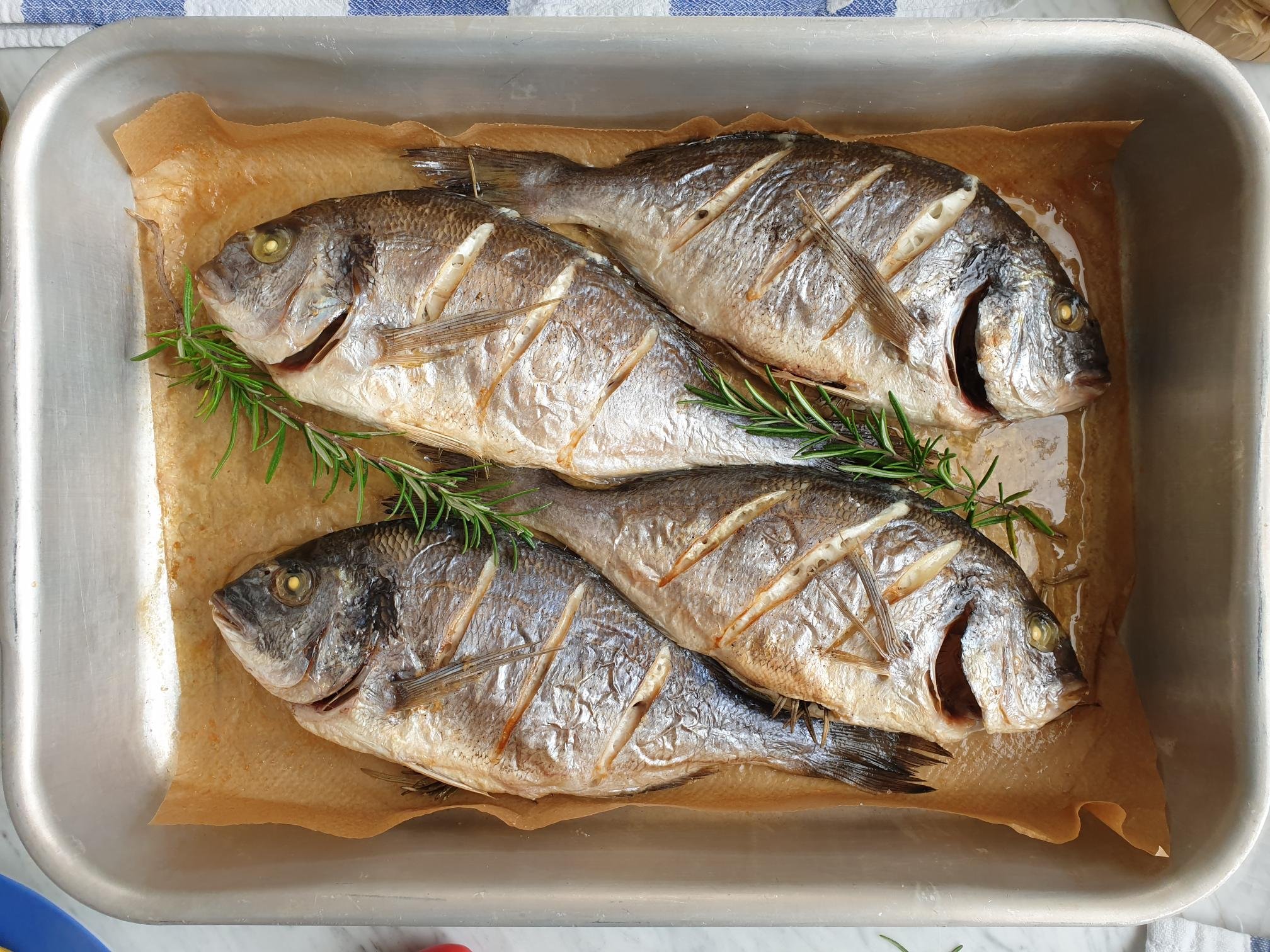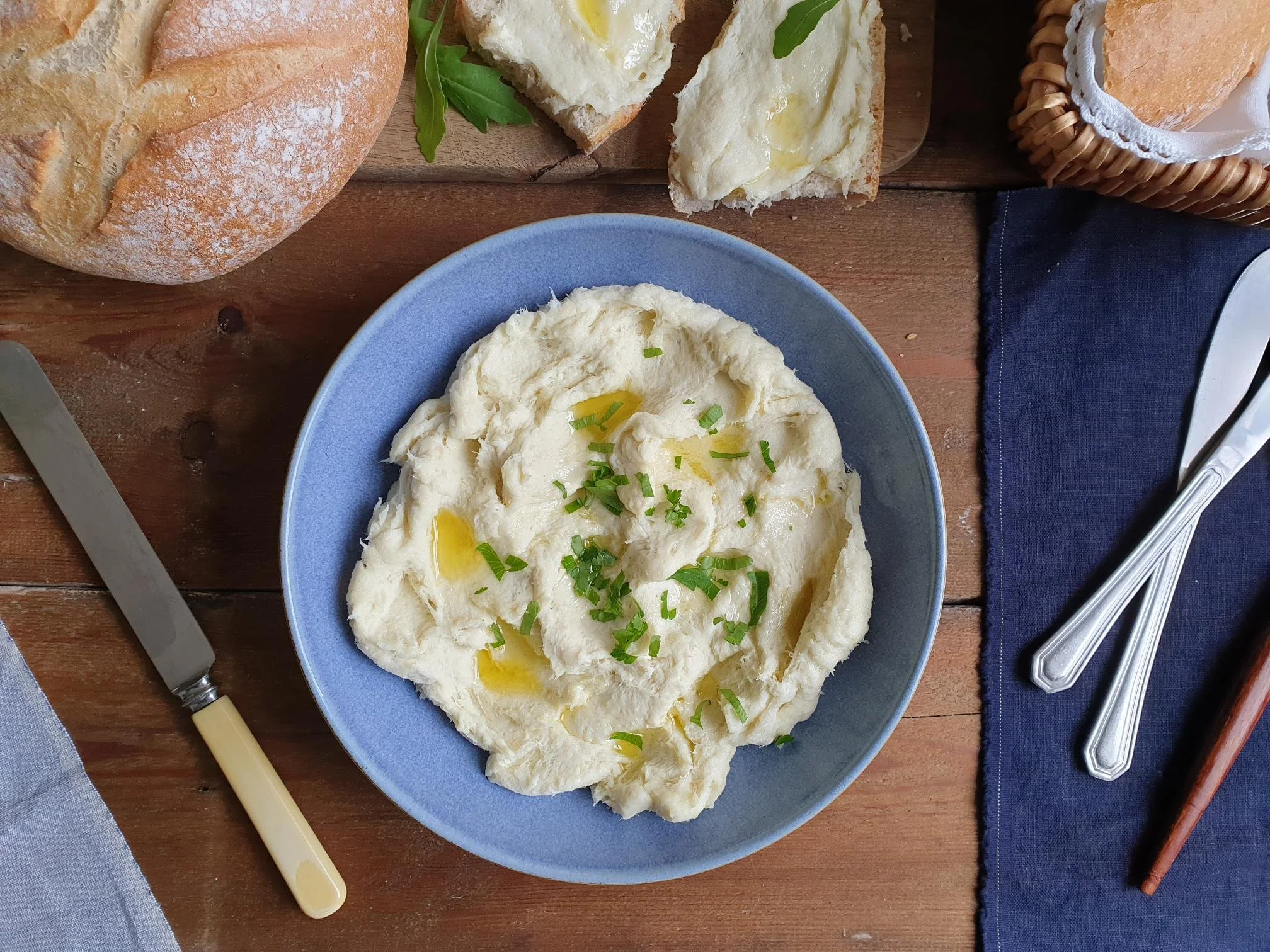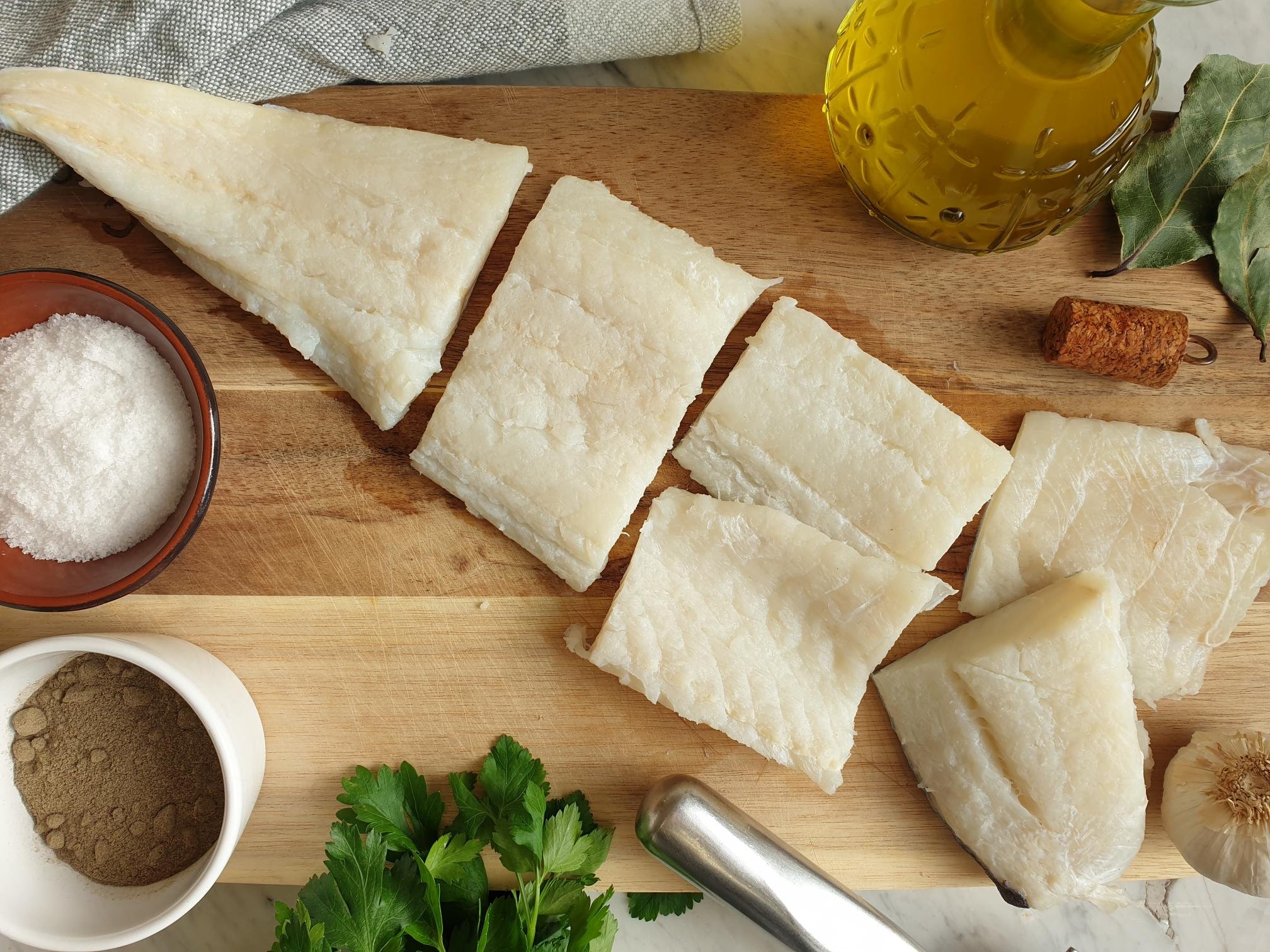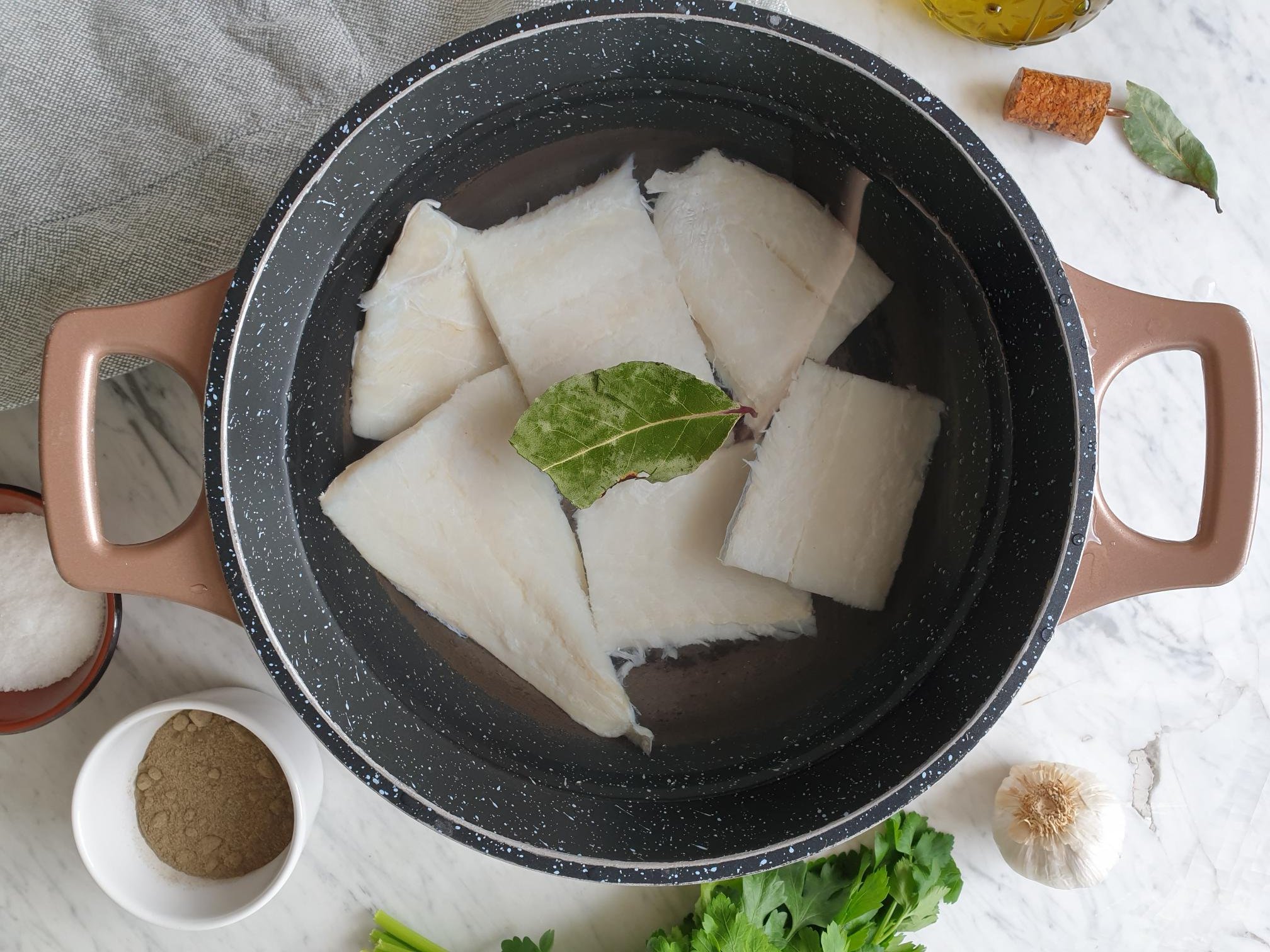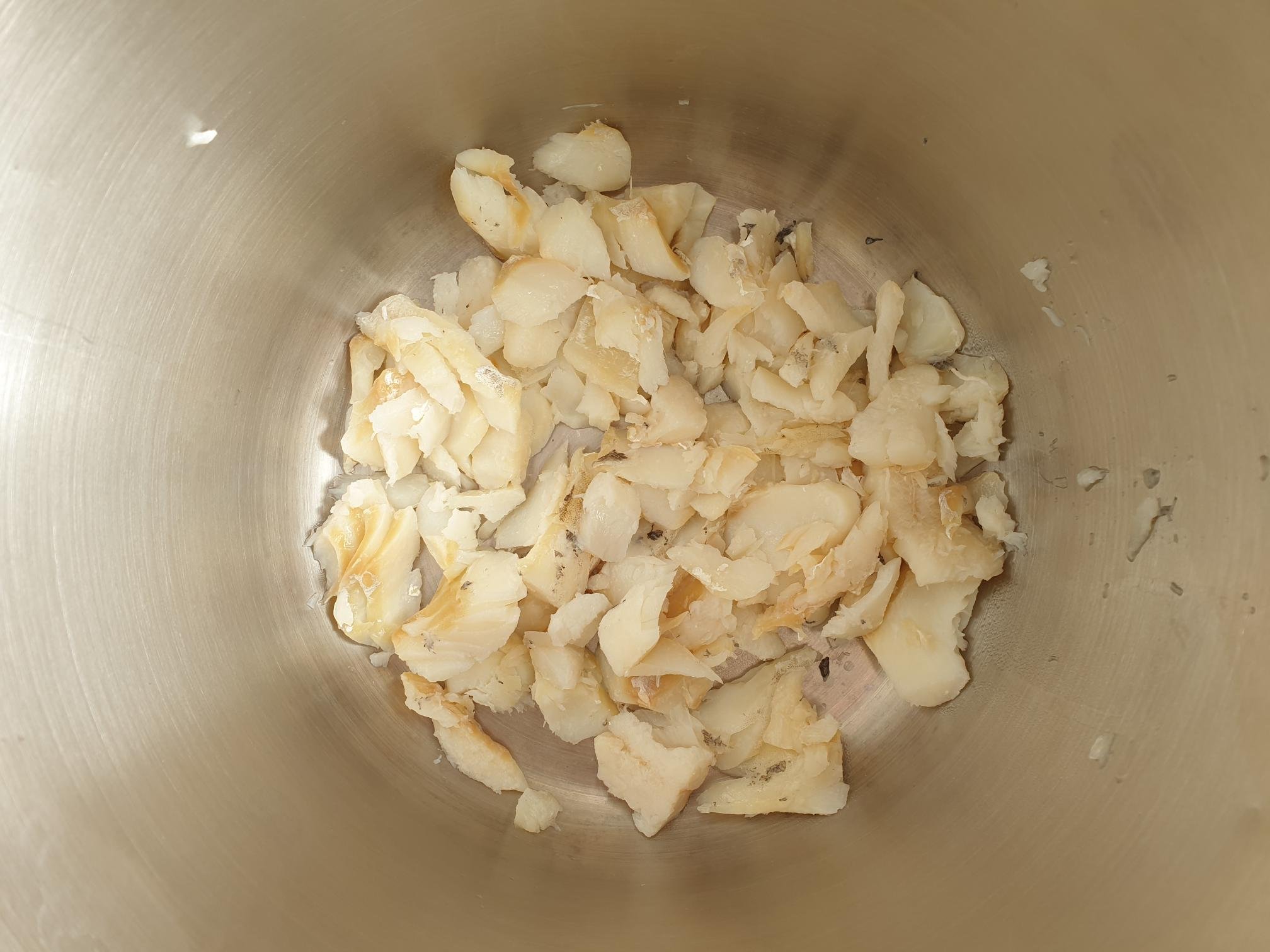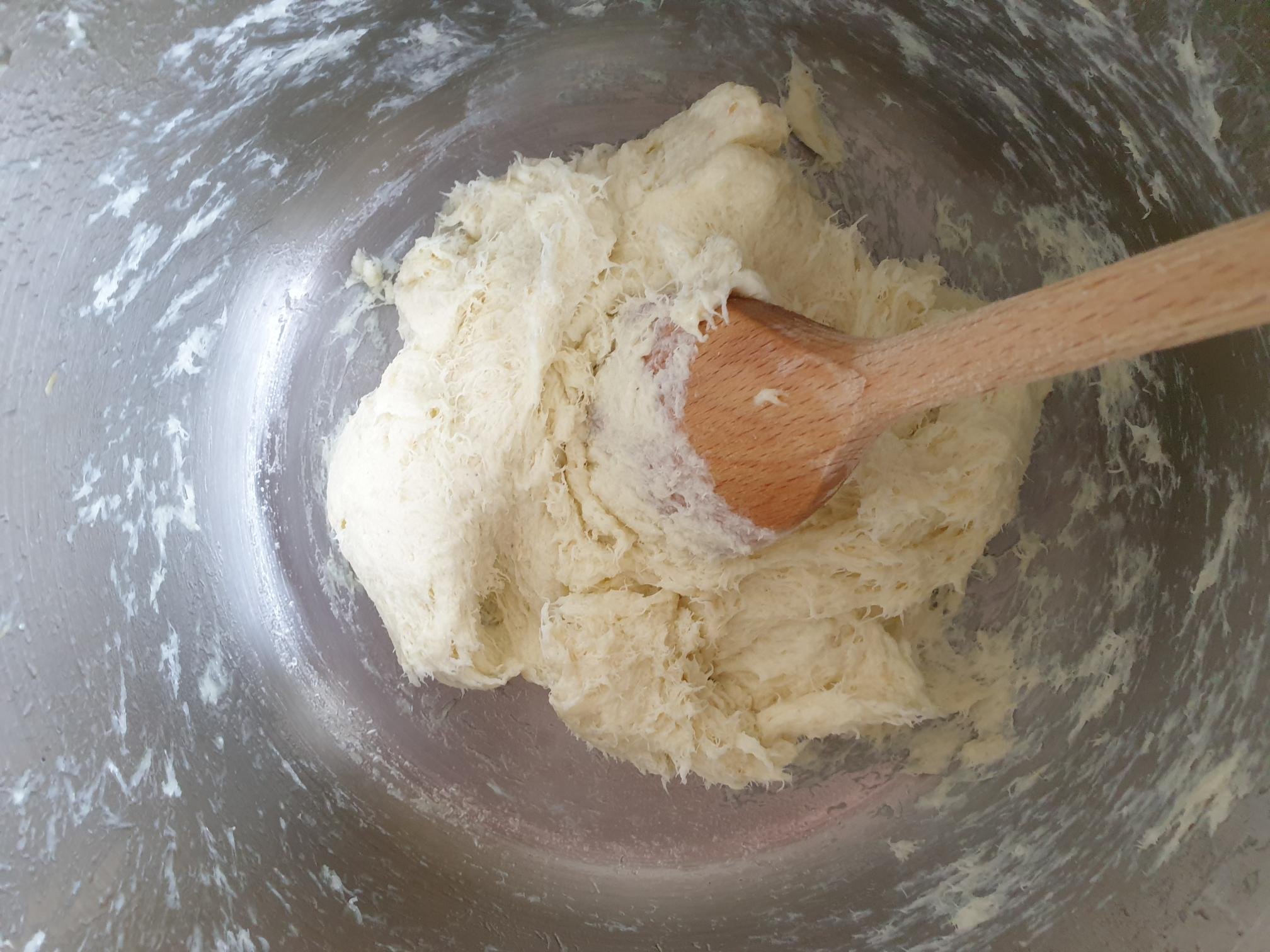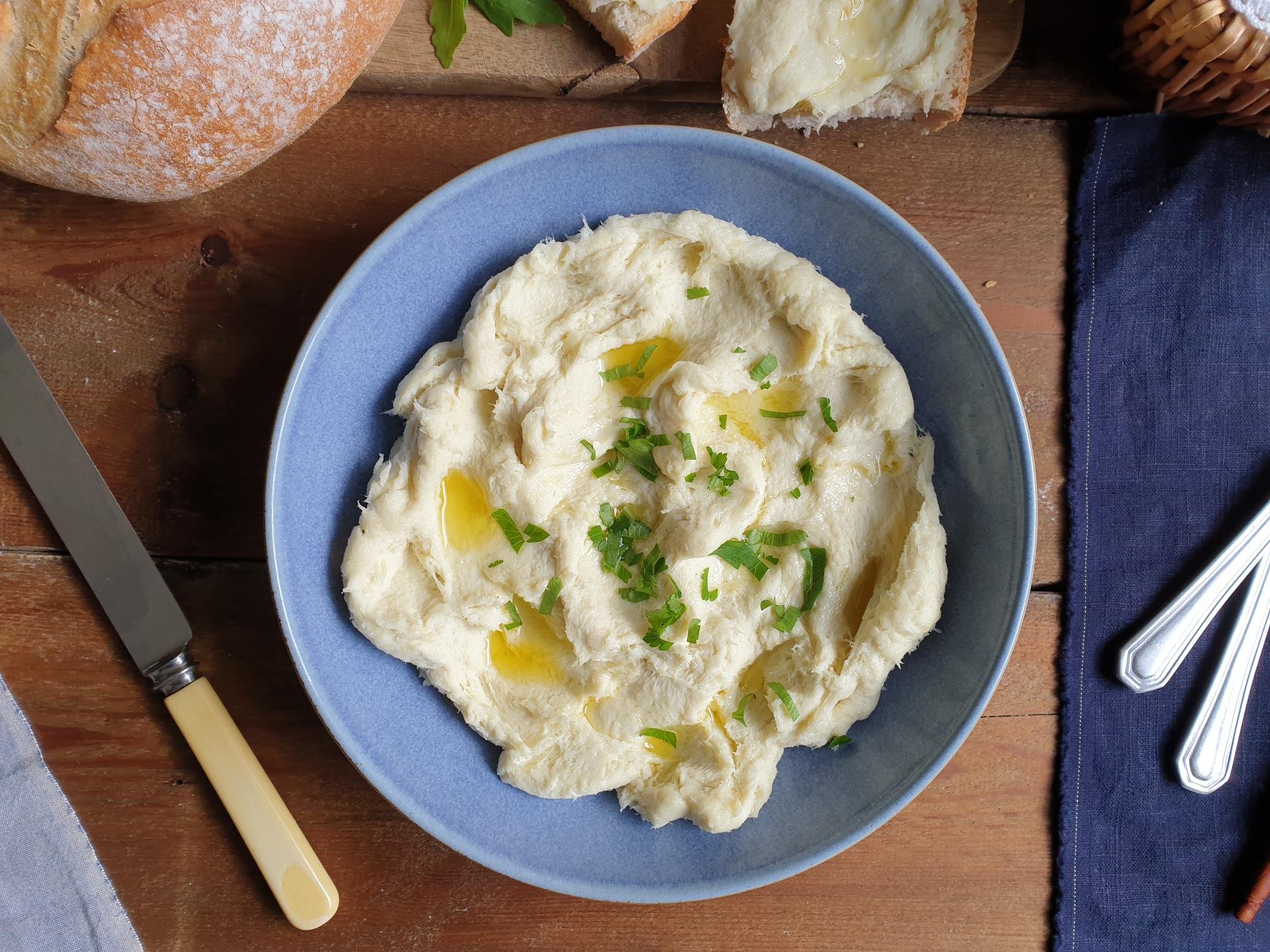Whole baked Sea Bream with fresh rosemary Recipe
Whole baked sea bream in the oven with fresh rosemary is a simple and tasty main fish dish that takes little effort to prepare.
Cooking the whole fish on the bone gives it a better flavour, and this delicate white fish is best cooked simply and gently in order to give it the full respect it deserves.
Baked sea bream is a perfect choice for a light meal option, traditionally served with spinach or chard cooked with potatoes, garlic and extra virgin olive oil.
Sea bream is a great choice to include in your diet as is rich in iron and vitamins and easy to digest.
This fish as a main course is unpretentious and understated in its simplicity, but it is elegant, and full of flavour.
I am sharing here this incredibly simple way of cooking the fish, that also represents the most common method of preparing and eating the fish along the Slovenian coast in restaurants as well as in many households.
This recipe has been in the family, well, since forever. Give it a go, there is nothing complicated about it, and if you are slightly intimidated by the task of cleaning the fish, the fishmonger will be more than happy to do it for you. Give a fish a good rinse, pat dry it, and follow the easy preparation steps, and off it goes in the oven, how difficult can that be?
Ingredients
Serves 4-8
4 fresh whole sea bream (each weighing between 300g – 400g), cleaned, scaled and gutted
extra virgin olive oil, generous drizzle
4 small sprigs of fresh rosemary
sea salt
black pepper
Method
Preheat the oven to 200C static or equivalent.
Line a baking tray with non stick baking parchment and drizzle a bit of olive oil.
Wash the fish thoroughly inside and out under cold running water and pat dry well the fish with the kitchen paper.
With the sharp knife, slash the fish 3 to 5 times through the flesh, about 5mm deep, almost to the bone.
Place the fish on the oiled baking parchment, side by side.
Season with sea salt and black pepper and rub with the olive oil.
Put a small sprig of fresh rosemary into the body cavity of each fish and drizzle the fish with a little more oil.
Cover the baking tray with aluminium foil and place in the oven.
Bake for about 30 minutes then remove the aluminium foil and bake further for about 10-20 minutes until the fish is cooked through and comes away from the bone easily.
One way of checking that the fish is cooked thorough, insert a small knife into the thickest part of the sea bream, the flesh of the fish should be nice and white in colour.
Discard the skin, bones, rosemary (from the cavity) and serve.













